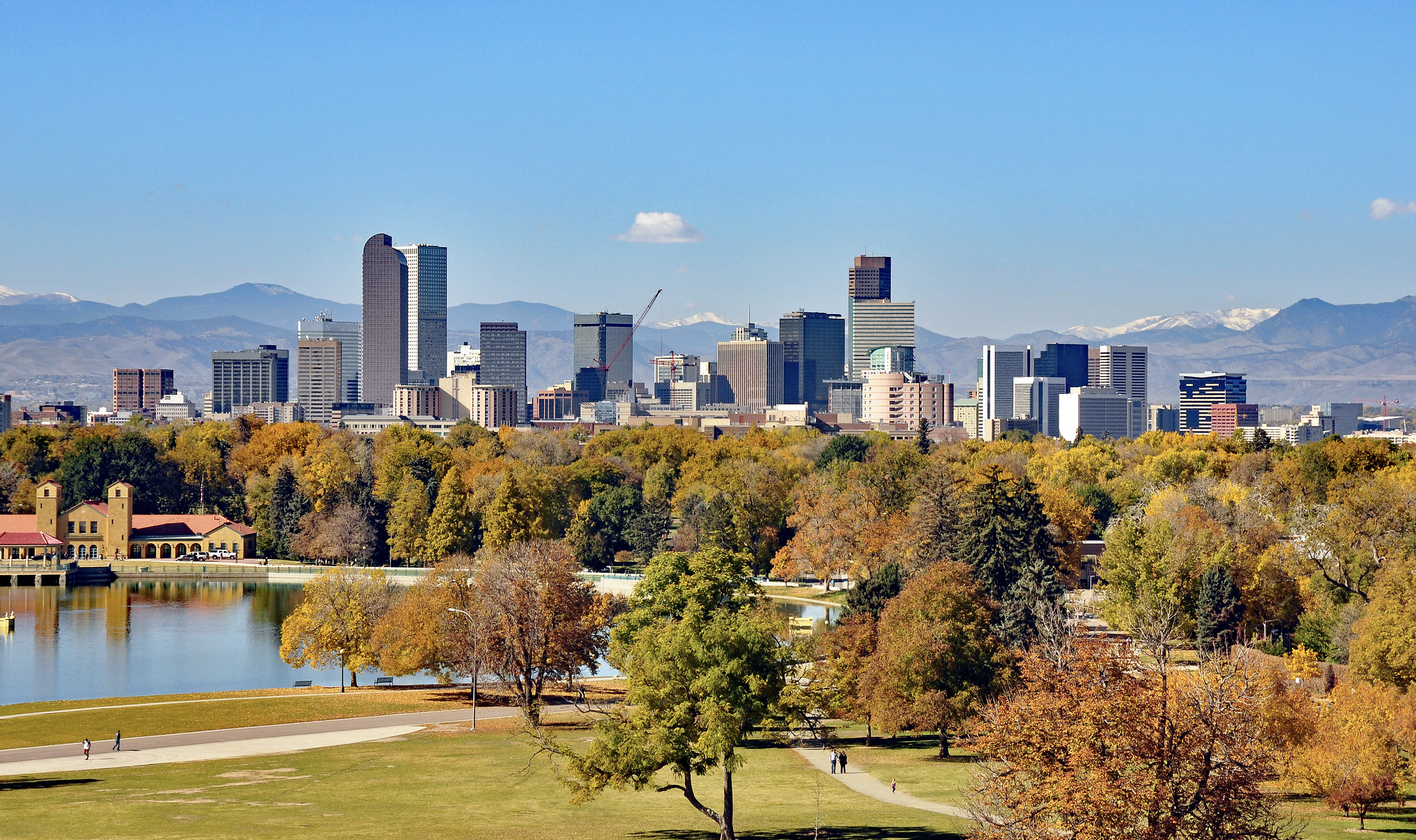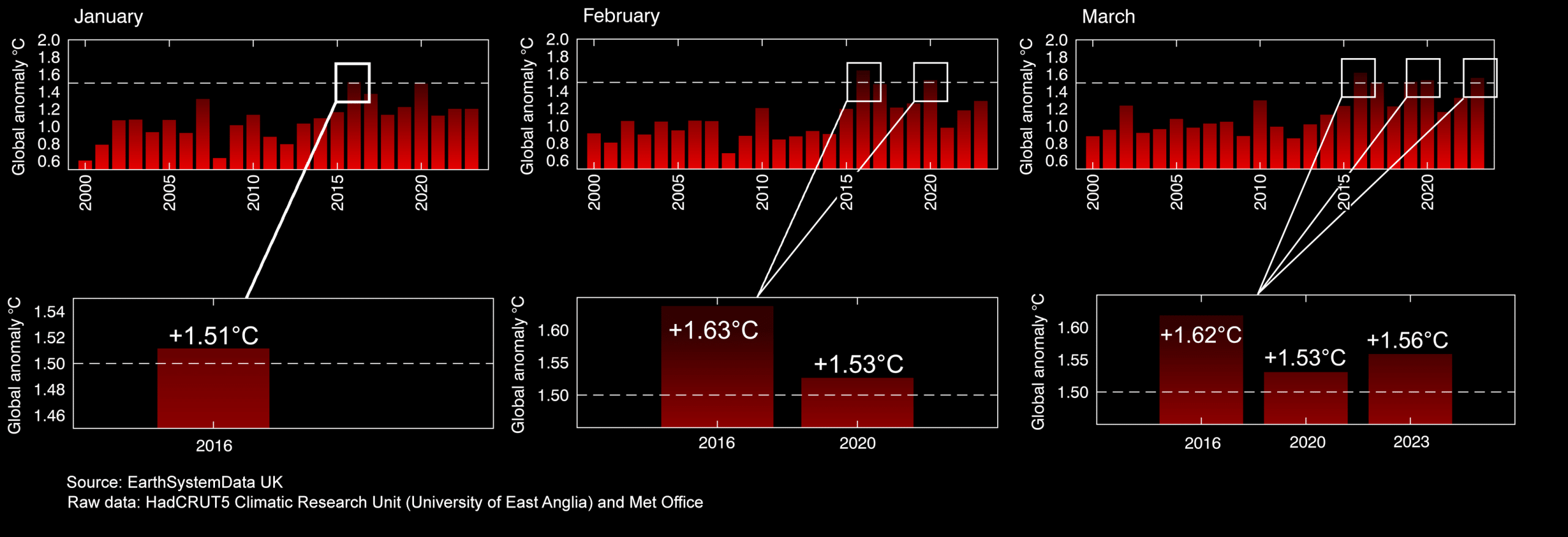Climate change is having a profound impact on communities across the United States. From more frequent and severe weather events to rising sea levels and extended droughts, Americans are feeling the effects of a changing climate in myriad ways. As a result, many people will increasingly start to seek out new places to call home in order to escape these effects and live in areas that are less vulnerable to the impacts of climate change.
In recent years, there has been a growing trend of Americans moving to towns and cities that are perceived to be more resilient to the effects of climate change. These places may have lower risk of flooding, less severe weather patterns, and more sustainable infrastructure in place to adapt to changing conditions.
Servicemaster By Zaba commissioned a poll of 3,000 Americans to find out their likeliest destination if they felt they had to leave where they live because of climate change. The poll took into account the practicality of moving to each destination, including work and lifestyle factors. For example, while Alma (Colorado) has an elevation of 10,578 feet and therefore might be considered to be a good destination to escape flooding and hurricanes, it only has a population of 238 residents, and so moving there is not realistic for the majority of people.
Denver (CO) emerged as the top destination to move to. This could be due to several factors, including Denver’s geography, which makes it less susceptible to flooding and storm surge. Additionally, the city has set ambitious targets for reducing greenhouse gas emissions and invested in public transportation and other initiatives to reduce reliance on cars. Also, Denver’s quality of life and thriving economy are also major draws.
In second place came Nashville (TN). While Nashville is not immune to the effects of climate change, some factors that make it attractive to climate migrants include its geography, infrastructure, and cultural and economic opportunities. Nashville is located inland and is therefore less vulnerable to the effects of sea-level rise and coastal flooding. While the city experiences some extreme weather events, such as tornadoes and heavy rain, it is not as vulnerable to hurricanes and other coastal storms.
Surprisingly, Orlando (FL) was voted in as the 3rd most popular destination for climate migrants. After all, the city is located in a region that experiences hurricanes and other extreme weather events. However, Orlando’s location inland and at a higher elevation than many coastal areas make it less vulnerable to flooding from sea-level rise. The biggest draw could be its infrastructure. The city has invested in stormwater management systems and other measures to reduce the impacts of flooding and other climate-related risks. Additionally, Orlando is home to several large companies and institutions that are working to promote sustainability and combat climate change, which could make it an attractive destination for people who want to live in a community that is taking action on these issues.
Austin (TX) emerged in 4th place overall. The city’s location inland makes it less vulnerable to coastal flooding and storm surges. Additionally, Austin has invested in infrastructure to improve its resilience to climate change. The city has implemented a number of measures to address flooding, including building new flood detention ponds and improving stormwater management systems. Austin has also set a goal to reach net-zero greenhouse gas emissions by 2050, and has made progress towards that goal by expanding renewable energy production and implementing energy efficiency measures.
Rounding up the top 5 is Charlotte in North Carolina. Some of the factors that make Charlotte attractive to climate migrants include its location, infrastructure, and economic opportunities. While the city experiences some extreme weather events, such as hurricanes and heavy rain, it is not as vulnerable to these risks as coastal areas. In recent years, Charlotte has invested in infrastructure to improve its resilience to climate change. This includes upgrading stormwater systems, building green infrastructure, and promoting sustainable development practices. The city has also set a goal to reduce greenhouse gas emissions by 70% by 2030. Additionally, Charlotte’s economic opportunities make it an attractive destination for people seeking a new place to call home. The city is home to several major companies, including Bank of America and Lowe’s, and has a thriving financial and tech sector. Charlotte also has a relatively low cost of living compared to other major cities in the U.S.
Created by ServiceMaster • Viewlarger version
“The reality of climate change is already being felt in countless ways, including in our homes and communities. We’re seeing more frequent and intense weather events, such as flooding, wildfires, and hurricanes, that can cause devastating damage to homes and properties. We’re also seeing rising sea levels and coastal erosion that threaten to engulf entire neighborhoods and communities. And let’s not forget the impact of extreme heat waves and droughts, which can lead to damaged infrastructure, water shortages, and higher energy costs. These are just some of the ways that climate change is already affecting people’s lives and underscores the urgent need for action to address this global challenge” says Diana Rodriguez-Zaba for Servicemaster By Zaba.
Image credit: https://www.flickr.com/photos/jsjgeology/50493475858






